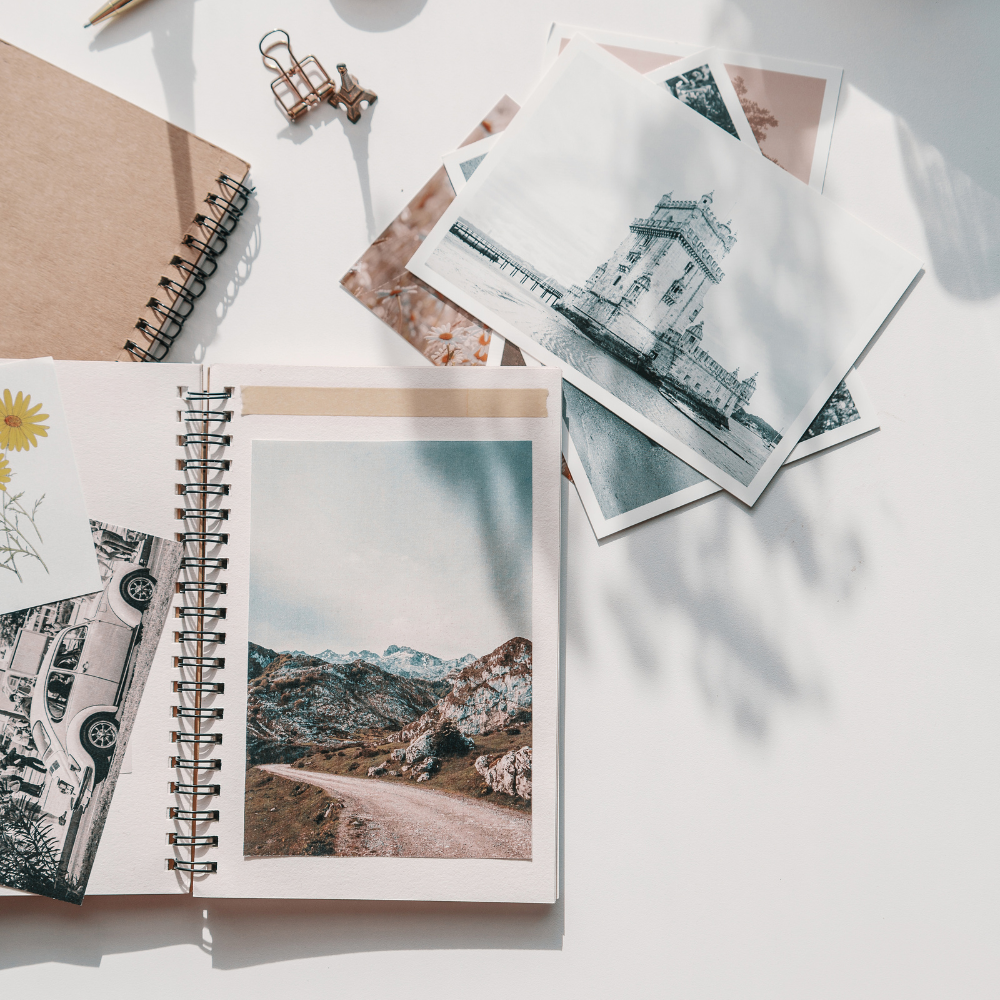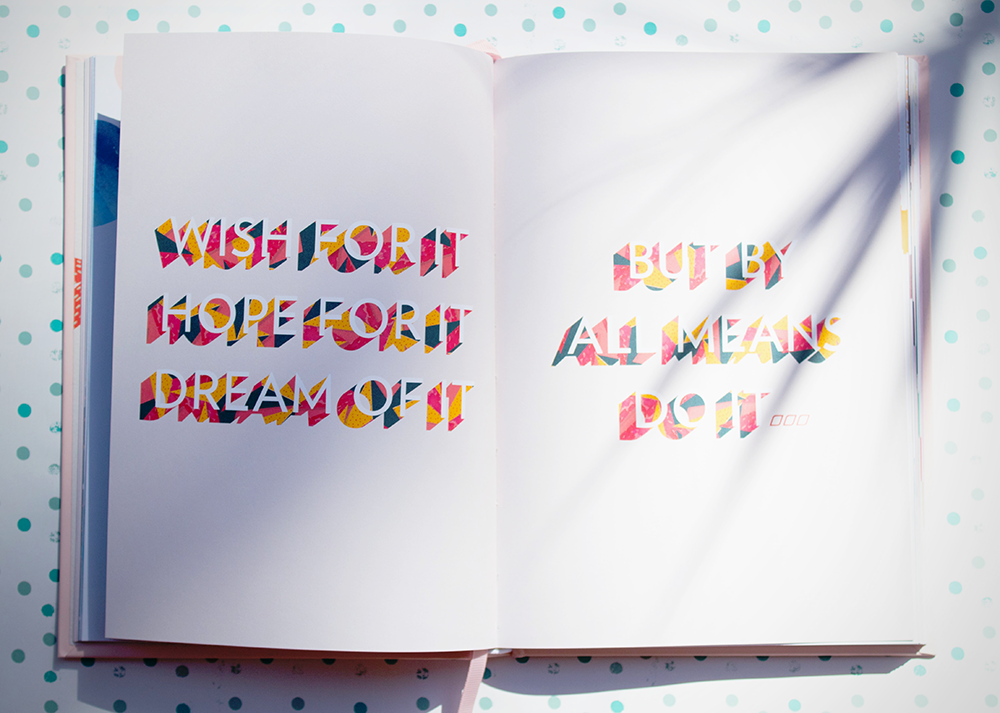Step into the colorful and captivating realm of junk journaling, where the ordinary becomes extraordinary!
Often regarded as the playful cousin of traditional scrapbooking and creative journaling, junk journaling has blossomed into a beloved craft among artists, crafters, and anyone drawn to the allure of mixed media art.
This article will guide you through the essence of junk journaling, detail the eclectic mix of supplies you'll need, and unveil the boundless opportunities it presents for personal expression and memory preservation.
Ready to explore how you can transform everyday items into a treasure trove of art? Let's dive in!
Key Takeaways:
- Junk journaling is a creative and sustainable form of journaling that utilizes recycled and found materials.
- It offers a personalized experience where individuals can create themed junk journals, incorporating various elements like paper scraps, old books, and fabric scraps.
- This hobby not only fosters creativity but also serves as a memory book to record personal histories and cherished moments.

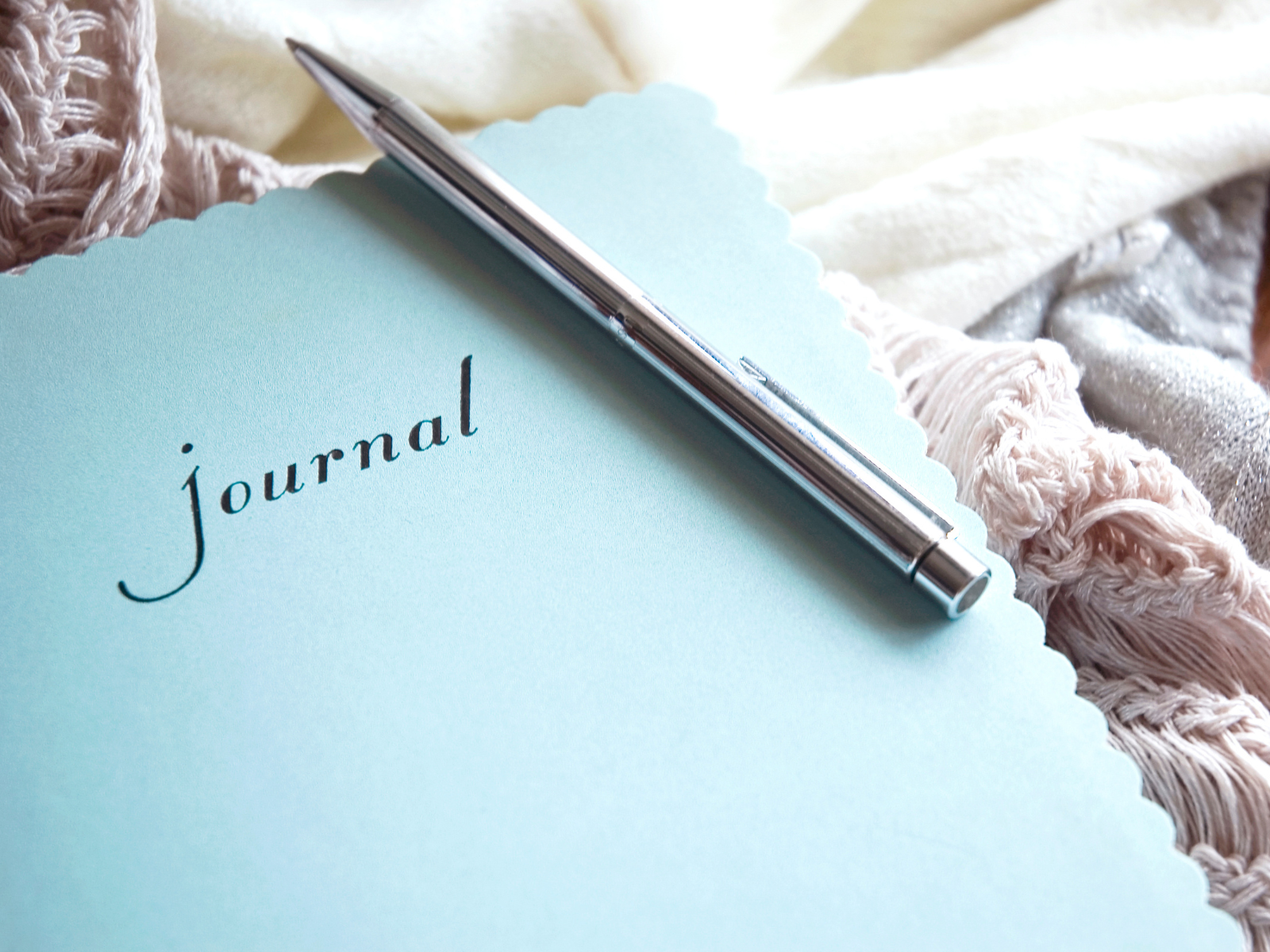

Understanding Junk Journaling
At its core, junk journaling involves creating a handmade book filled with a variety of different papers and ephemera.
Unlike traditional journals, a junk journal is typically filled with a mishmash of paper types, textures, and sizes, ranging from newspaper clippings to greeting cards.
The essence of junk journaling lies in its freedom of expression and the use of materials that would otherwise be considered waste, such as junk mail or old magazines.
The charm of a junk journal comes from its imperfections and the stories these imperfections tell.
Each page is a canvas, a snippet of life that represents something personal and unique to its creator.
This form of journaling is not just about crafting a beautiful book but about embedding pieces of everyday life into something tangible and artistic.
Essential Supplies for Junk Journaling
To start your own junk journal, you'll need a collection of junk journal supplies that might already be lying around your home.
Key items include paper bags, old books, magazines, fabric scraps, and any other paper products.
Tools like a paper trimmer, glue stick, double-sided tape, and binder rings method are also crucial for assembling your journal.
For those looking to add more texture and visual interest to their pages, items like washi tape, sewing patterns, and sheet music can be excellent additions.
These materials not only enhance the aesthetic of the journal but also add a personal touch, making each journal uniquely yours.
Process of Making Junk Journals
Creating your own junk journal is a journey of exploration and creativity.
The first step is to gather all the pages you want to include.
These can be anything from fabric scraps to recycled and found materials.
Once you have your materials, the next step is to decide on a book binding method.
Some popular choices include using binder rings or sewing the pages together.
After binding, the fun part begins: decorating and filling up the pages.
This can involve a variety of art journaling techniques, including collage, painting, and sketching.
Junk journal pockets can be added to tuck away precious mementos, while tuck spots are great for adding removable notes or photos.
Artistic Appeal of Junk Journaling
Junk journaling transcends simple scrapbooking to become a canvas for personal expression and creativity.
By using found and recycled materials, enthusiasts create art journals that are not only unique but also eco-friendly.
Each page of a junk journal can serve as a standalone piece of art, incorporating different ephemera like old tickets, handwritten notes, and vintage photographs.
This method allows for a tactile exploration of art, where the texture of materials adds depth to the storytelling.
Moreover, the process of selecting materials for junk journal pages encourages a mindful connection with the past.
Whether it’s a faded postcard from a bygone era or a snippet of an old newspaper, each element adds historical context and personal significance to the journal.
This practice turns an ordinary notebook into a treasure trove of memories and art, making each turn of the page a discovery of visual and emotional resonance.

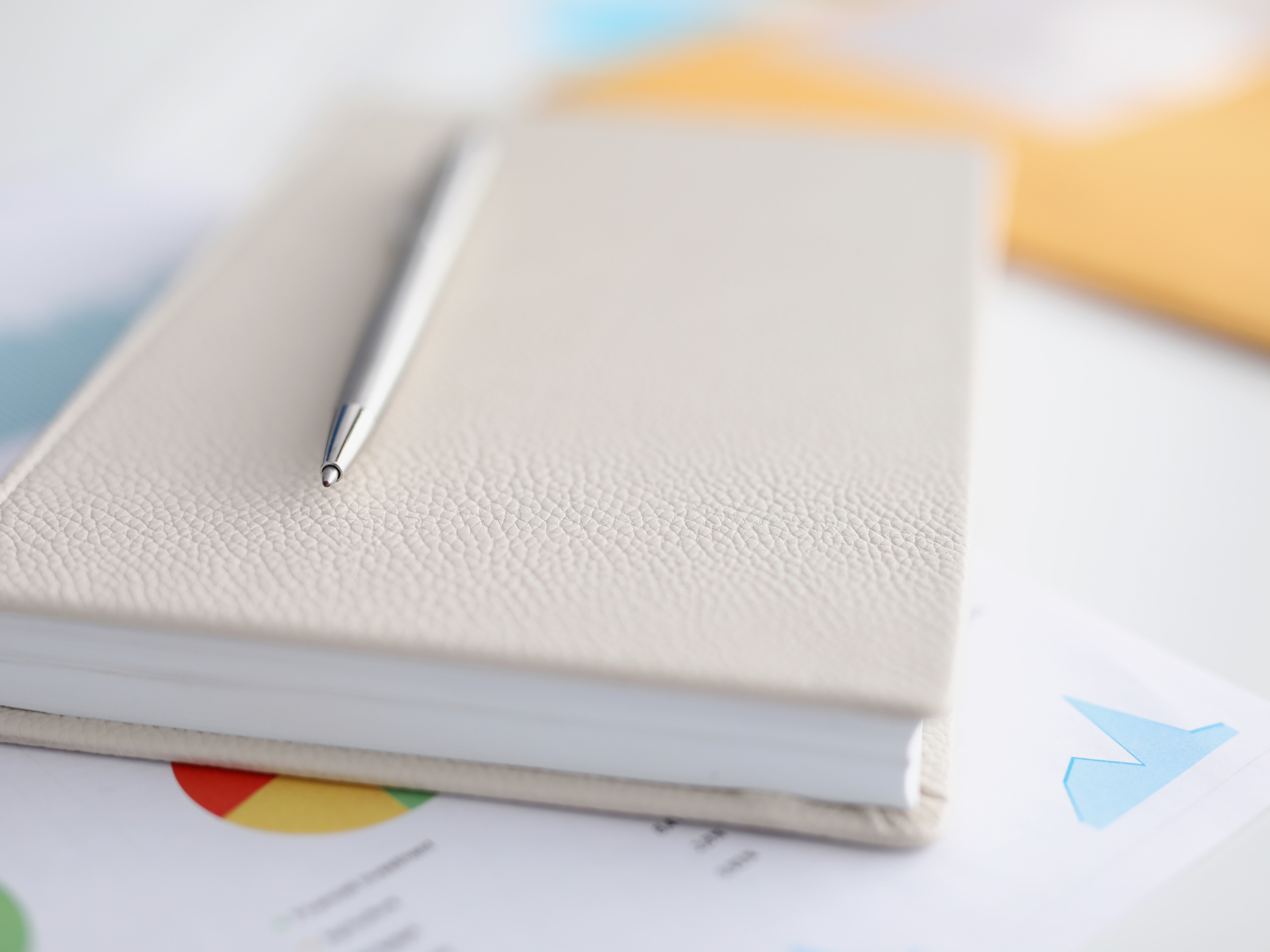
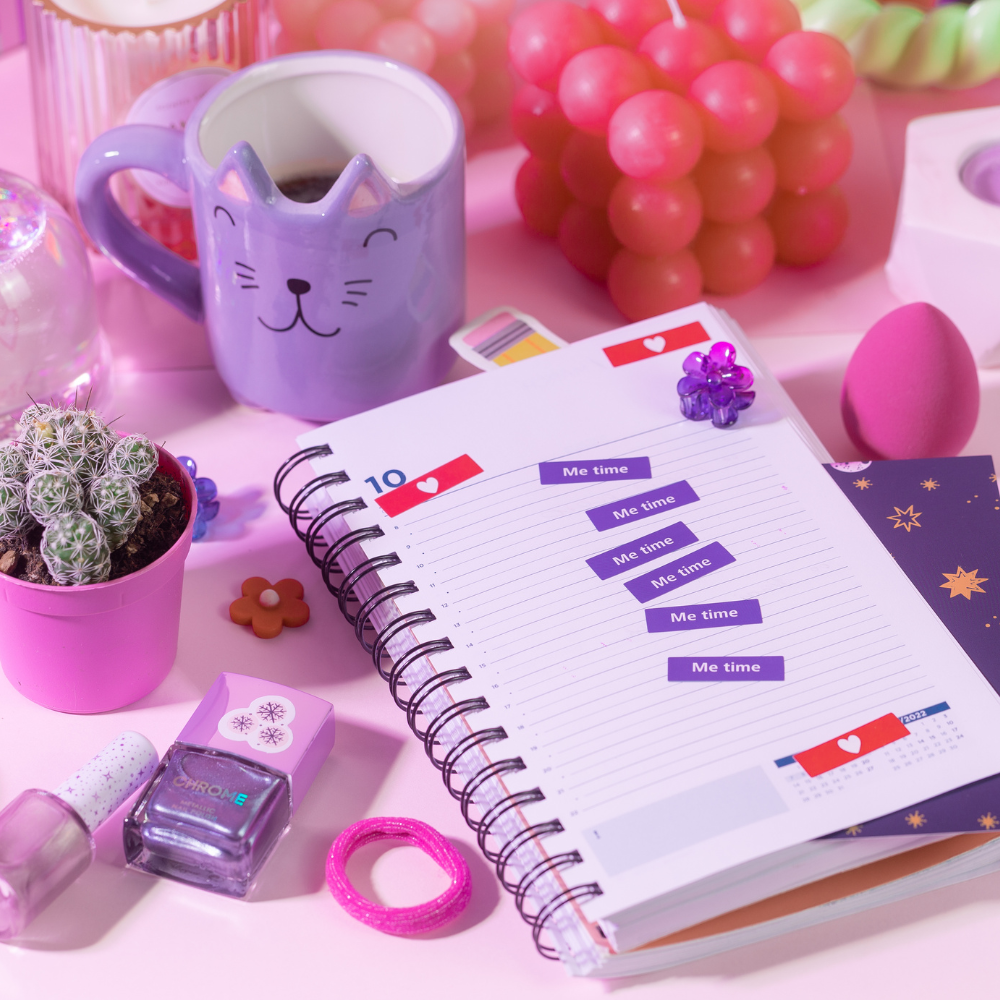
Therapeutic Benefits of Junk Journaling
Junk journaling transcends the boundaries of mere crafting; it's a soothing balm for the restless mind.
Engaging in the creation of your own junk journal offers a unique form of expression that can significantly alleviate stress.
The process of selecting materials, designing layouts, and assembling pages allows individuals to immerse themselves in the moment, effectively silencing the cacophony of daily life.
This mindful engagement is why many find junk journaling to be not just a hobby but a therapeutic escape.
Moreover, the act of personal reflection through this medium can be profoundly cathartic.
Writing in your own journal, especially within the creatively forgiving confines of a junk journal, encourages introspection.
This practice can foster a deeper understanding of one’s thoughts and feelings, promoting mental clarity and emotional health.
As you affix photos, sketches, and memories onto the base papers, you're not just crafting a book but piecing together the mosaic of your life, which can be incredibly affirming and healing.
Connection Between Art and Junk Journals
Art journals and junk journals often intertwine, creating a vibrant tapestry of creativity and personal expression.
While art journals focus primarily on the use of sketches, paints, and artistic annotations, junk journals incorporate a broader array of materials including scraps, photos, and memorabilia.
This fusion allows for a dynamic artistic endeavor where the boundaries of traditional journaling are expanded.
Enthusiasts find this blend to be a fertile ground for innovation, as the eclectic nature of junk journals invites a limitless array of artistic expressions.
The transition from a traditional art journal to creating your own junk journals can be seamless and profoundly rewarding.
By integrating techniques from art journaling, such as layering and mixed media collage, into the framework of junk journaling, creators can enhance the aesthetic and emotional depth of their work.
This approach not only preserves memories but also makes the act of journaling itself a work of art.
The use of diverse materials adds texture and color, transforming each page into a unique piece that reflects personal journeys and artistic visions.
Evolution of Materials in Junk Journaling
The journey of materials used in junk journaling is like watching a garden bloom; it starts with the basics and grows into a lush tapestry of creativity.
Initially, junk journaling might have leaned heavily on whatever was at hand—old letters, scraps of newspapers, or even tattered book pages.
However, as the craft has matured, so have the materials used.
Double-sided tape, for instance, has become a cornerstone for many artists.
Its ability to cleanly adhere layers without the mess of liquid glues or the bulkiness of hardware makes it a preferred choice for both beginners and seasoned journalers.
Moreover, the evolution isn't just about utility but also aesthetics.
Double-sided tape allows for the creation of seamless layers that are both durable and pleasing to the eye.
This simple tool has empowered artists to experiment with more complex and intricate designs that were previously challenging.
By using double-sided tape, journalers can ensure their creations are not only beautiful but also built to last, allowing them to preserve memories without the fear of deterioration over time.
Double-Sided Tape: A Hidden Hero in Junk Journaling
In the world of junk journaling, double-sided tape is akin to the unsung hero behind the scenes—vital but often overlooked.
This adhesive solution offers a clean, no-show application that is crucial for maintaining the aesthetic integrity of a page.
Unlike traditional glues, double-sided tape provides a strong, immediate bond, which is essential when working with a variety of materials that vary in texture and weight.
This versatility makes it an indispensable tool in the arsenal of a junk journal enthusiast.
Furthermore, the role of double-sided tape extends beyond mere adhesion.
For those who delve into the layers of mixed media, double-sided tape does more than just stick; it shapes the structural integrity of the pages.
It allows for the addition of pockets, tags, and hidden compartments, which are integral to the interactive and exploratory nature of junk journals.
By enabling these dynamic elements without compromising the journal’s flat profile, double-sided tape truly enhances the user's experience, making every flip of the page a discovery.
Double-sided tape is often the unsung hero in the crafting world, playing a pivotal role in junk journaling.
This adhesive not only simplifies the process of attaching embellishments but also ensures a clean look without the mess of liquid glues.
Its versatility allows for the seamless incorporation of various materials like fabric, paper, and lightweight metals, making it an indispensable tool in a junk journaler's kit.
The ease of use and immediate bond it provides enhances the creative flow, allowing artists to focus more on design and less on the mechanics of adhesion.
Moreover, double-sided tape offers a level of precision that is crucial for the intricate layouts typical of junk journals.
Whether it's layering papers or creating pockets and tags, the tape's ability to hold materials firmly in place is invaluable.
This reliability is especially important when constructing pages that will be frequently handled or moved, such as in an interactive journal.
By using double-sided tape, junk journalers can ensure their creations are not only beautiful but also durable and functional, standing the test of time.

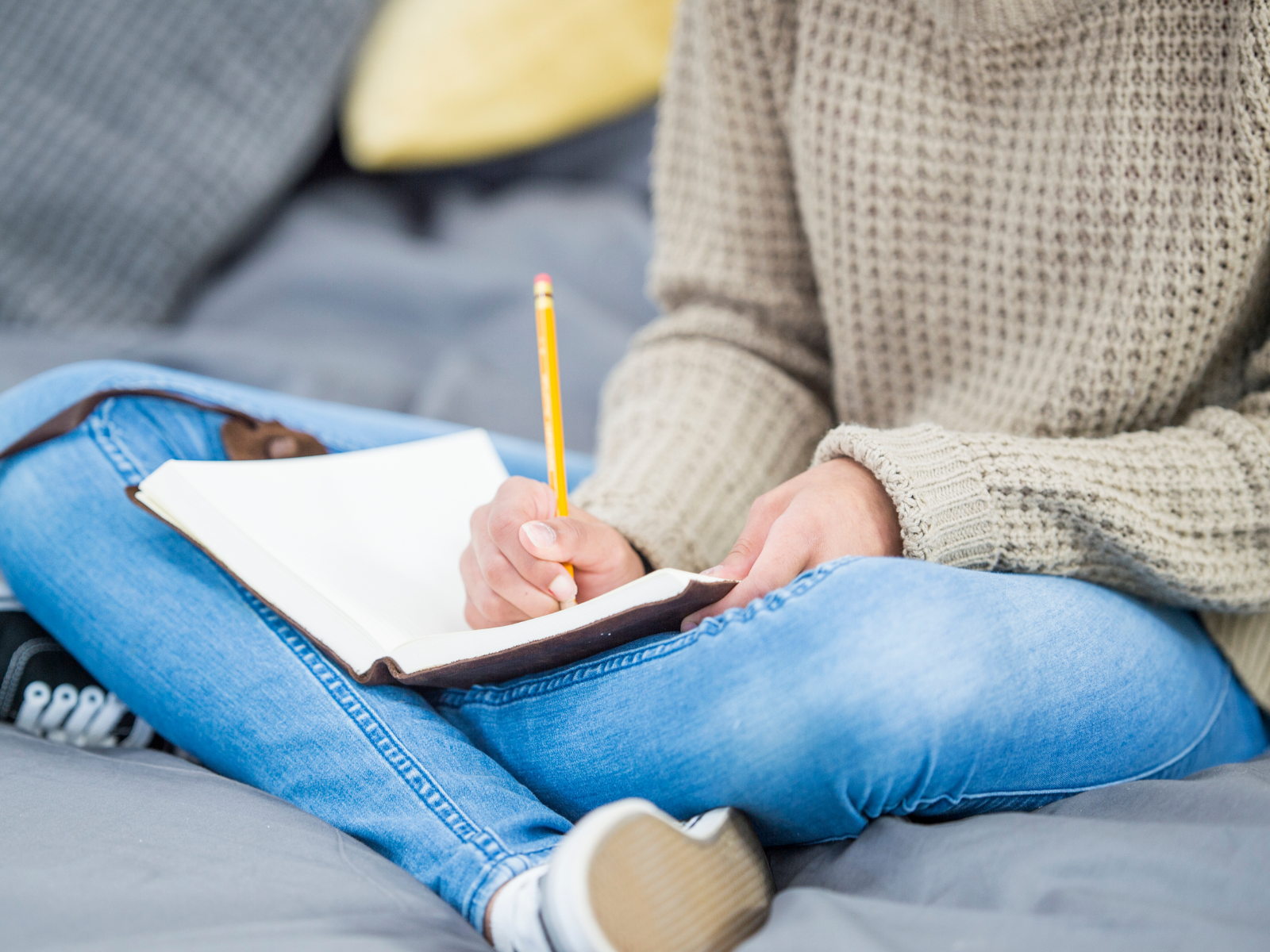
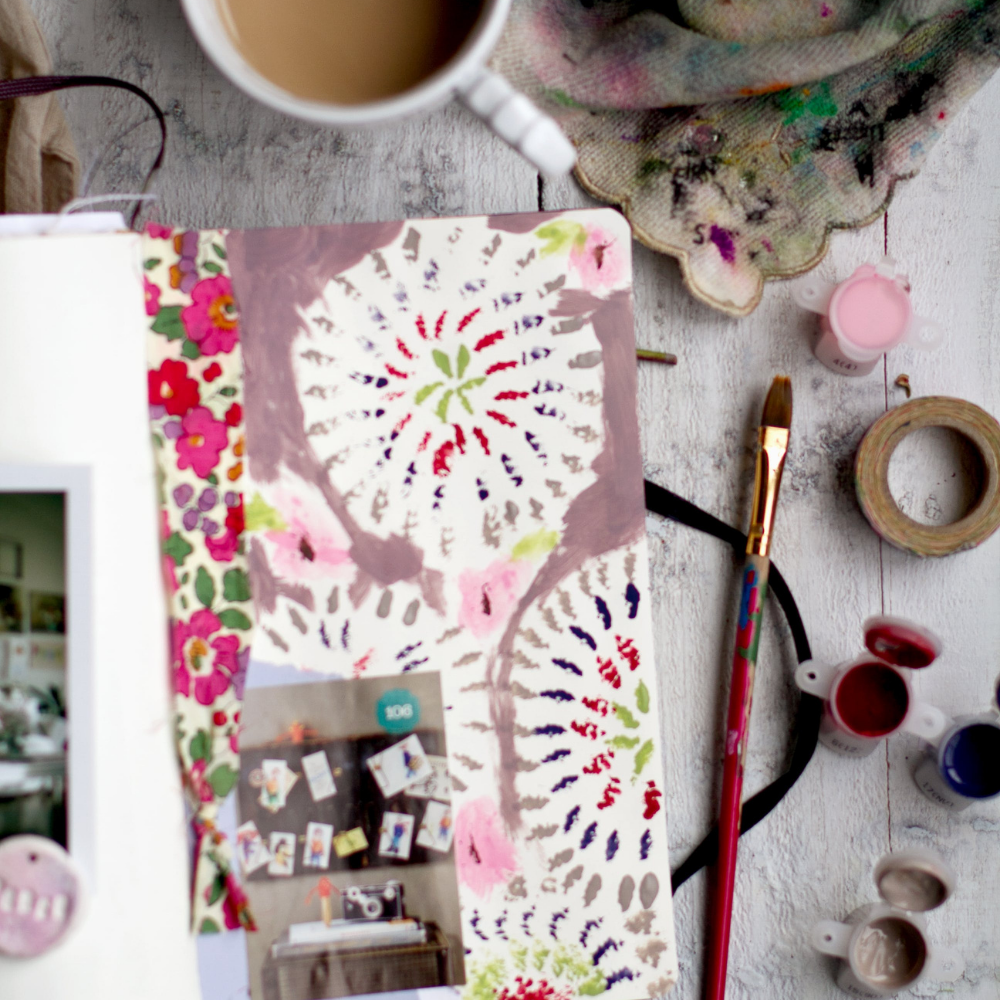
Enhancing Durability and Functionality
In the world of junk journaling, the durability of the created piece is as important as its aesthetic appeal.
Double-sided tape plays a crucial role in achieving both.
By providing a strong, reliable bond, this tape ensures that even the most heavily embellished pages remain intact.
Its ability to adhere to a wide range of materials means that heavier elements like buttons, thick cardstock, or even small metal charms can be securely attached without the risk of them falling off over time.
Functionality is another aspect where double-sided tape shines in junk journaling.
For journals that serve not just as artistic expressions but also as functional planners or notebooks, maintaining the integrity of the structure is key.
Double-sided tape allows for the creation of interactive elements such as fold-outs, pockets, and hidden compartments that can hold additional notes, photos, or memorabilia.
These features make the junk journal not only a delight to look at but also a practical tool for everyday use, proving that with the right materials, creativity knows no bounds.
Practical Tips for Using Your Junk Journal
To effectively use a junk journal, understanding the versatile ways it can serve you is crucial.
Many people use a junk journal for more than just scrapbooking; it becomes a repository for thoughts, a planner, or even a travelogue.
This flexibility makes a junk journal such a great way to document life’s moments, big and small.
Whether you’re jotting down a quick note, storing a cherished photo, or sketching a scene from your day, the junk journal holds these treasures, making them more meaningful over time.
Incorporating tools like double-sided tape can significantly enhance the functionality and ease of use in your junk journal.
Double-sided tape allows for the addition of elements that might otherwise be difficult to include, such as fabric pieces, large photographs, or bulky mementos.
This adhesive is a must-have in your junk journal toolkit, as it ensures that your additions are secure yet easily removable if you decide to rearrange your memories.
With these practical tips, your junk journal becomes not only a vessel for your creativity but also an efficient and adaptable tool for everyday use.
Creative Uses of Junk Journals
Junk journals are not only repositories of memories and art but also versatile tools that can serve multiple functions in your daily life.
For instance, transforming a section of your junk journal into a dedicated writing spot can encourage regular writing habits.
This space can be used for everything from daily reflections and poetry to tracking goals and gratitude.
The tactile nature of the materials and the personal touch of the layout can make this practice more inviting than typing on a digital device.
Additionally, junk journals can be fantastic educational tools.
Parents and educators can use them to teach children about art, history, and recycling in a hands-on way.
By incorporating fun ideas like creating themed pages or using double-sided tape to add interactive elements, children can learn while they play.
Each page of a junk journal can become a vibrant lesson, making learning a dynamic and enjoyable experience.
This approach not only educates but also sparks creativity and innovation in young minds.

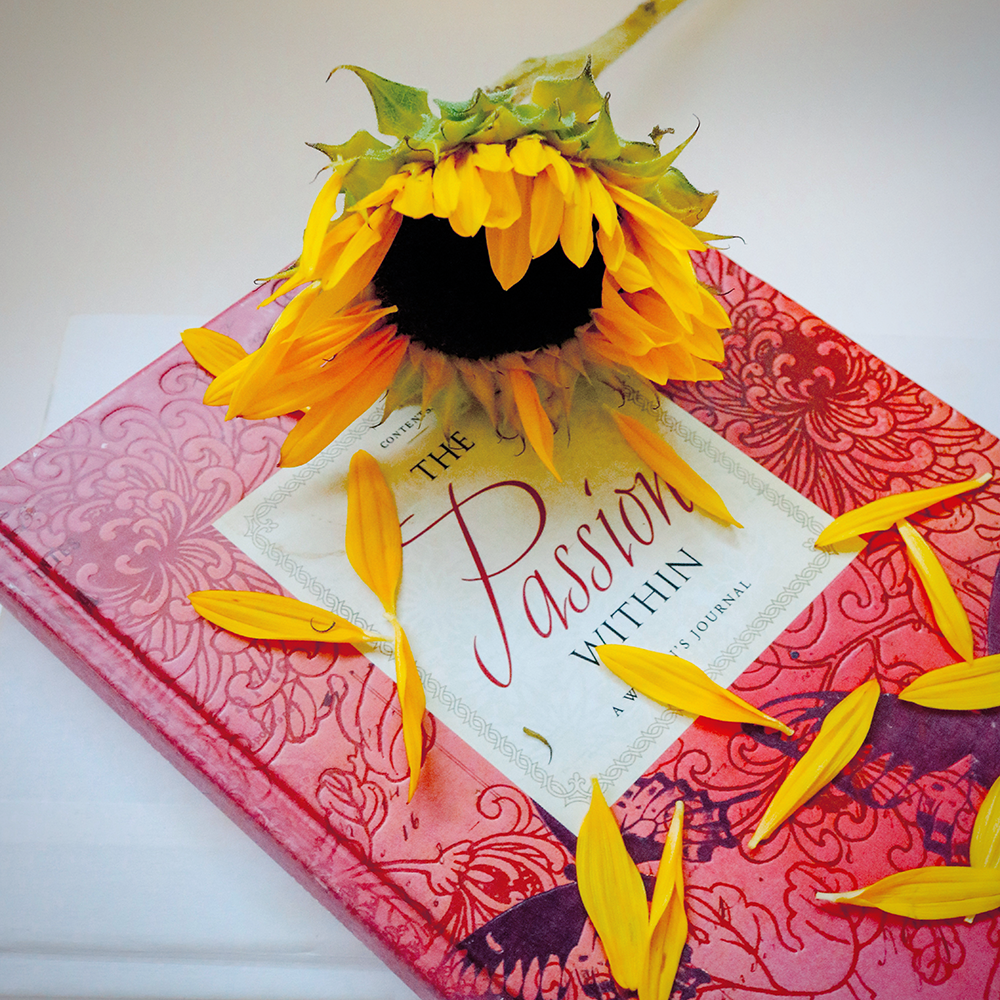
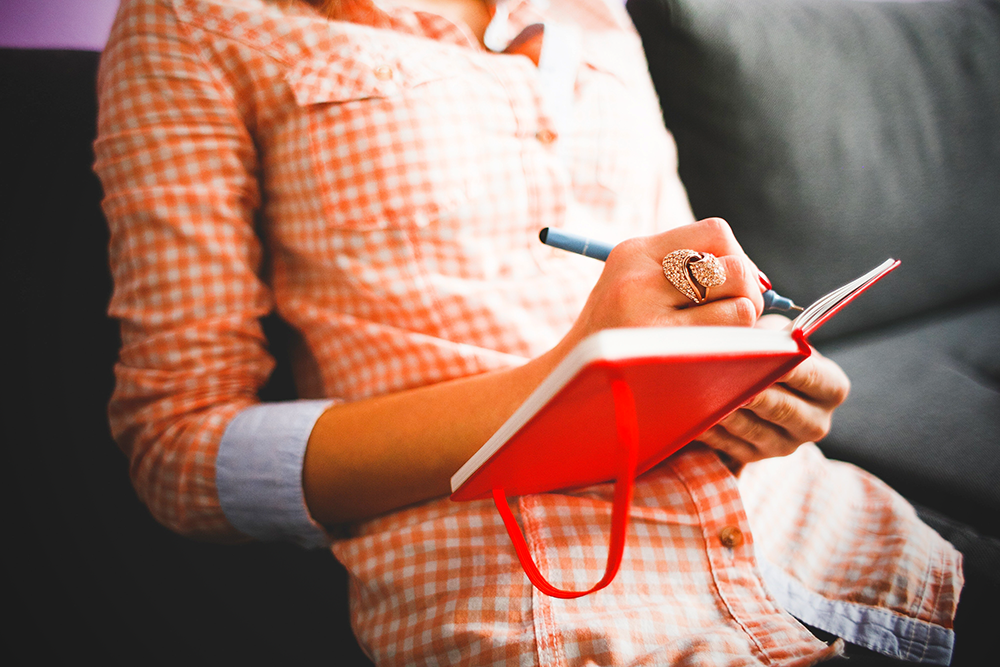
Innovative Techniques in Junk Journaling
In the world of junk journaling, the methods used to assemble and decorate pages are as varied as the materials themselves.
Traditional tools like paper clips and double-sided tape are staples in securing elements onto pages.
However, other methods such as sewing or hole punching add both functionality and aesthetic flair.
Sewing pages together or adding a fabric border can enhance the tactile experience of a junk journal, making it not only a visual delight but also a pleasure to handle.
For those who love journals that are uniform, ensuring all pages are the same size brings a neat, cohesive look to the finished product.
This approach is particularly appealing when creating themed junk journals.
By focusing on a specific theme, whether it’s a particular period in history, a travel adventure, or a personal milestone, journalers can curate content that tells a compelling story.
This thematic focus not only enriches the visual appeal but also deepens the personal connection to the journal.
Themed Junk Journals
One of the fun ways to approach junk journaling is by creating a themed journal.
This could be anything from a travel journal, using ticket stubs and maps, to a memory book that houses family photos and keepsakes.
The theme can guide the selection of materials and decorations, making the process even more exciting and personal.
Themed journals often become cherished keepsakes that tell a specific story or record memories from a particular time or event.
They can be as simple or as elaborate as you like, with each page offering a new opportunity to experiment with different papers and layouts.
Using Your Junk Journal
Once your junk journal is complete, it becomes more than just a finished journal; it's a repository of memories and art.
Many people use their junk journals as an everyday journal, writing daily thoughts, jotting down poetry, or sketching out ideas.
Others may choose to use their journals more sporadically, filling them during travel or special occasions.
The versatility of a junk journal is one of its most appealing aspects.
Whether you're using it to record detailed narratives of your life, or simply as a catch-all for thoughts and ideas, your junk journal can be whatever you need it to be.
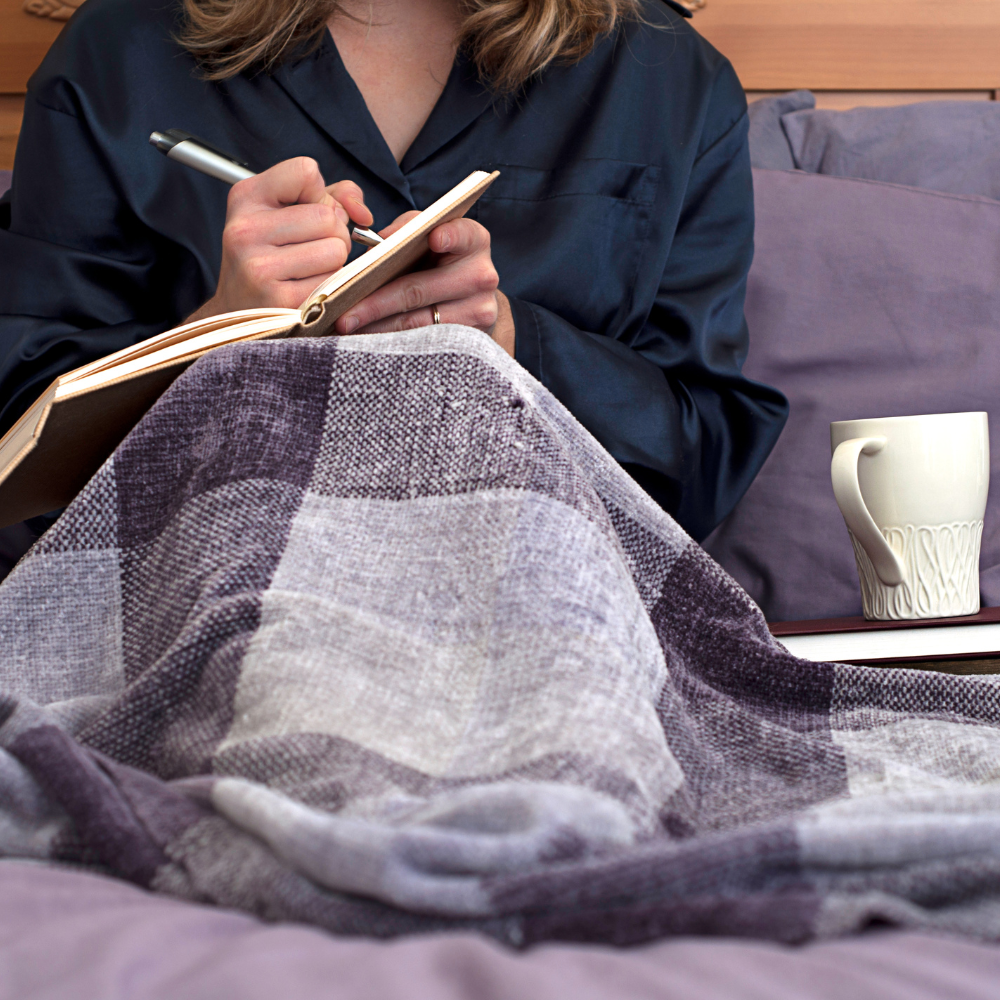
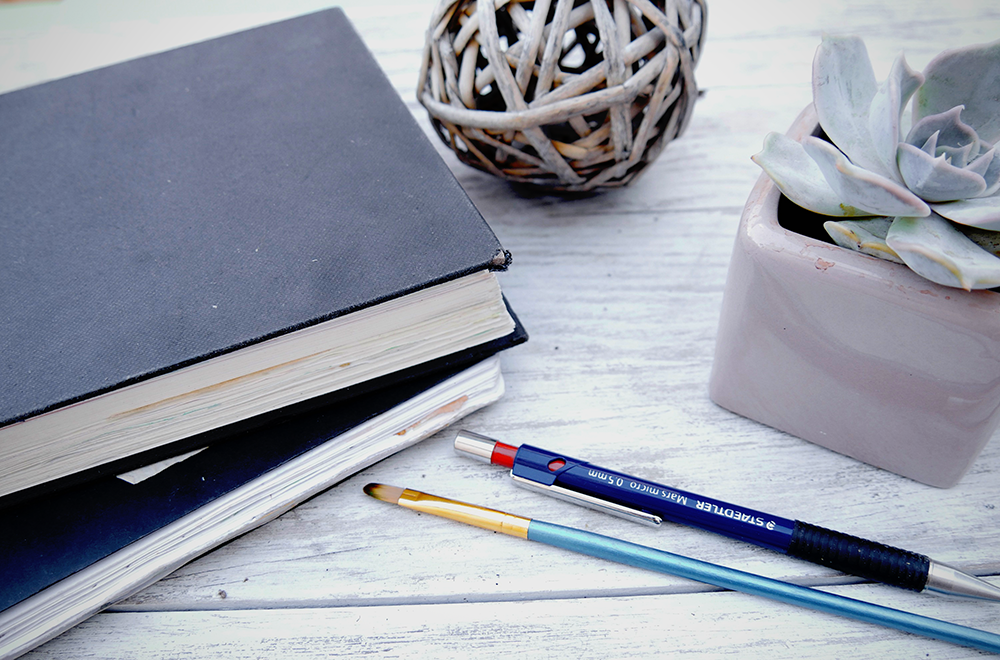

Why Junk Journaling?
Junk journaling offers a creative outlet that is both therapeutic and environmentally friendly.
By repurposing materials that would otherwise go to waste, junk journalers give new life to discarded items, turning them into works of art.
Moreover, the act of creating can be a calming and meditative process, helping individuals unwind and express themselves in a tangible form.
Furthermore, junk journals are a great idea for anyone looking to personalize their record-keeping.
Unlike digital forms of memory keeping, a junk journal provides a physical space to collect and cherish life's moments, making it a beautiful book to look back on.
Unleash Your Creativity with Junk Journaling
Junk journaling isn't just a hobby—it's a journey into the heart of creativity, using the bits and pieces of everyday life to tell your unique story.
This craft encourages you to see the beauty in the mundane, promotes sustainability, and offers a deeply personal way to express yourself.
Whether you're crafting a complex collage or simply pasting a cherished ticket stub, each page of your junk journal holds a piece of your personal narrative.
So, why not grab some glue, gather some scraps, and start your own junk journal today?
The possibilities are as limitless as your imagination.
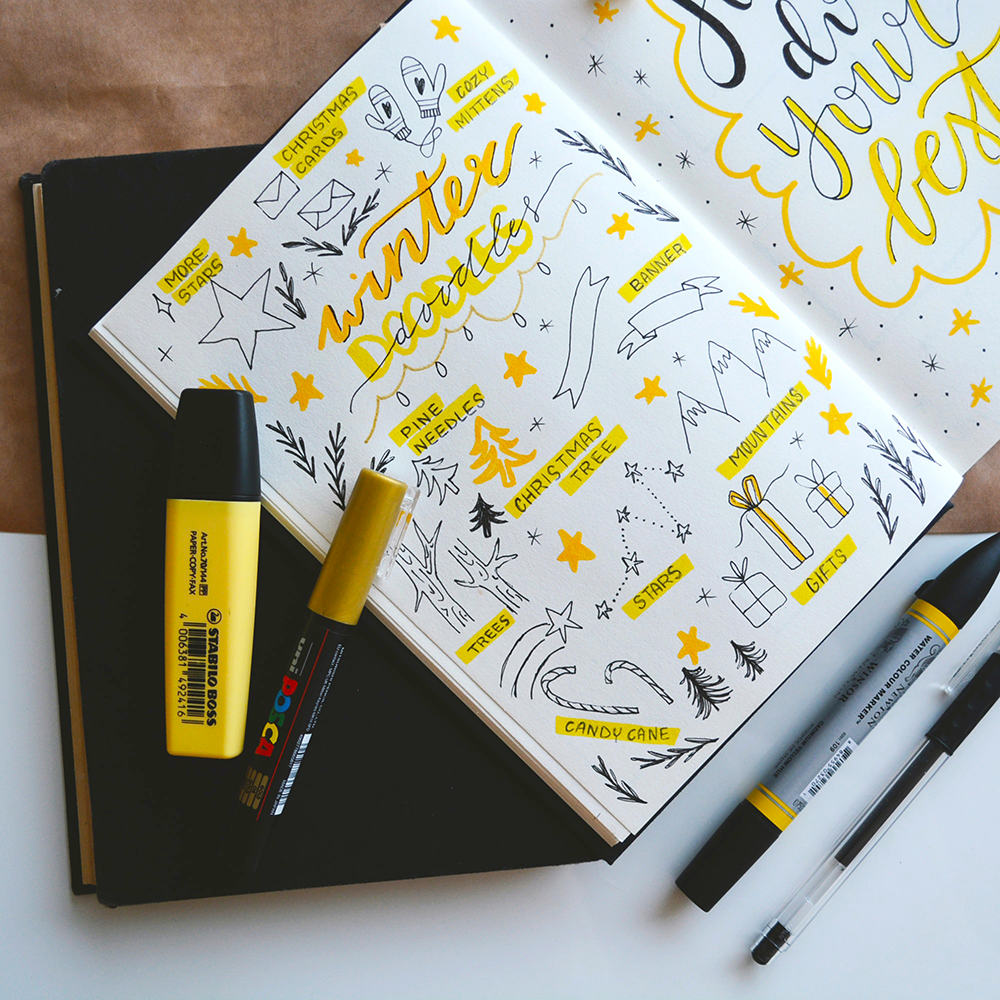
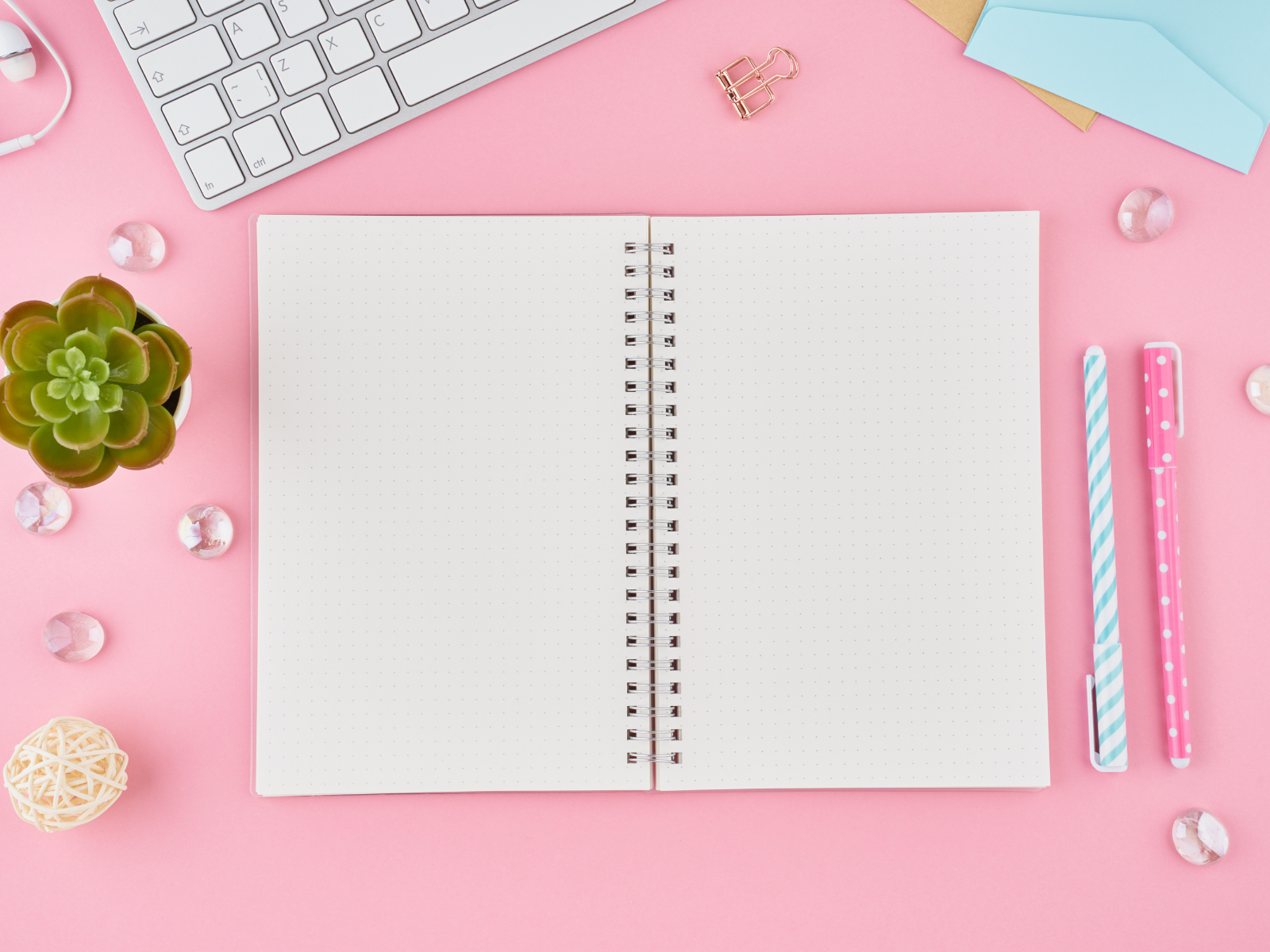
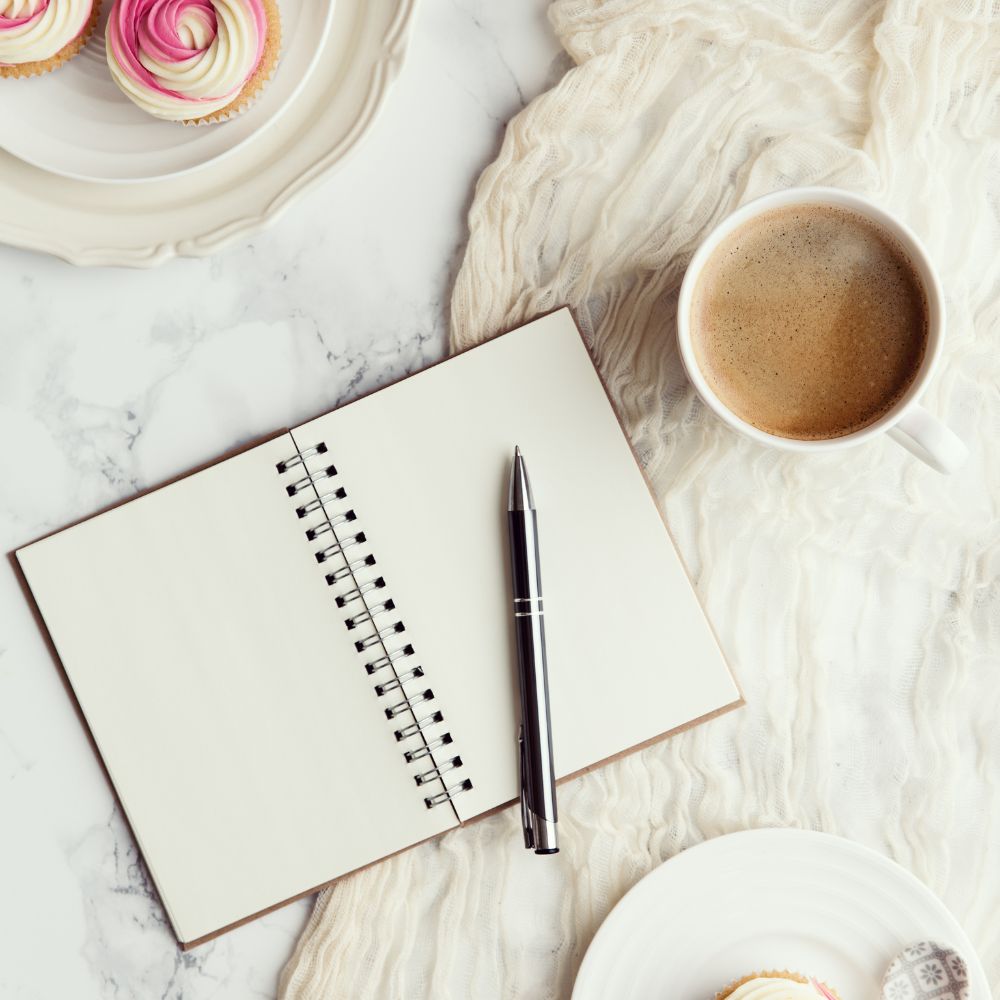
Junk Journaling FAQ
Dive into the world of creativity and sustainability!
Whether you're a seasoned crafter or a curious beginner, this guide is packed with insights to help you embark on your junk journaling journey.
From starting your first journal to exploring eco-friendly practices, we've got all your questions covered.
Let's unlock the secrets to creating a beautiful, personalized journal that tells your unique story, while also being kind to our planet.
Ready to learn how to start journaling?
Here’s everything you need to know to dive into the art of junk journaling!
How do I start my first junk journal?
Begin by collecting materials like paper scraps, old books, and any other ephemera you find interesting. Choose a binding method that suits your style, and start assembling your pages. Don't be afraid to experiment with different layouts and artistic techniques.
What are some common themes for junk journals?
Popular themes include travel, nature, personal history, and specific events like weddings or holidays. However, your theme can be anything that inspires you or that you want to document.
Can junk journaling be considered an eco-friendly hobby?
Absolutely! Junk journaling promotes the reuse of materials that might otherwise end up in landfills, making it a sustainable craft that helps reduce waste.
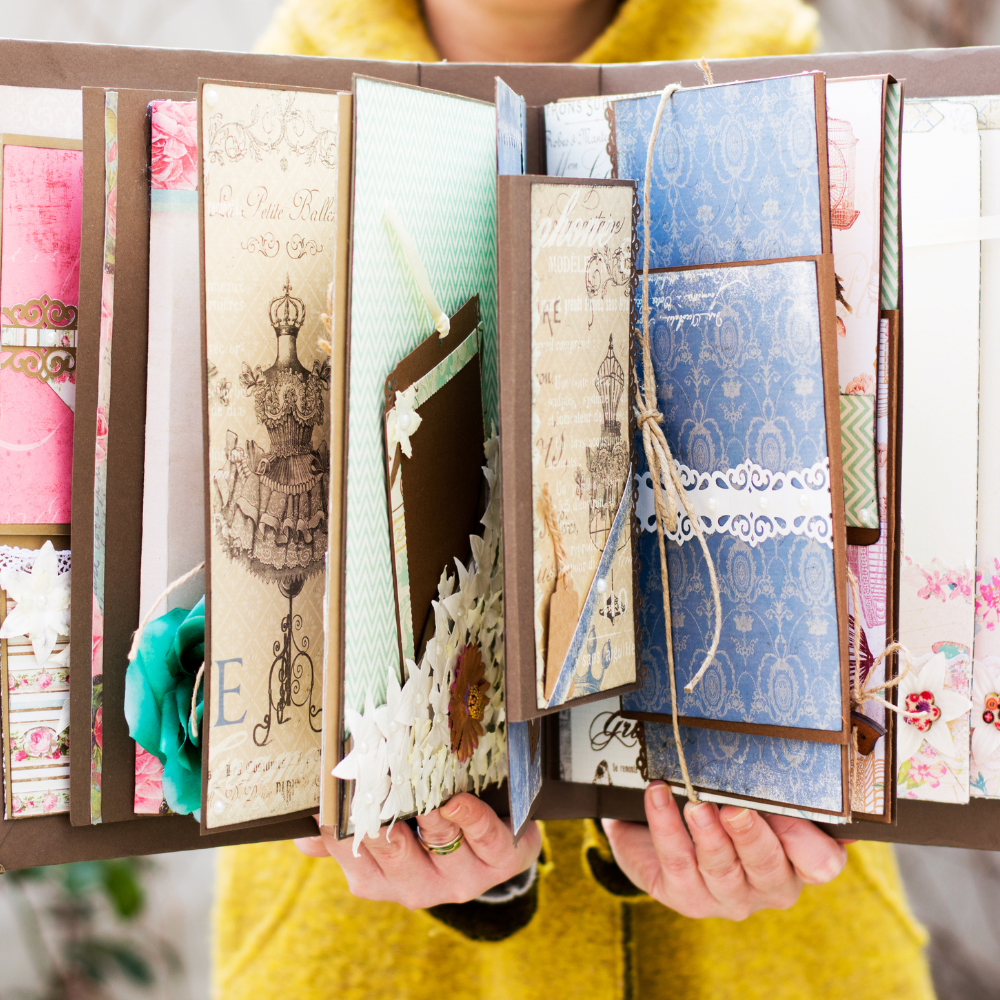

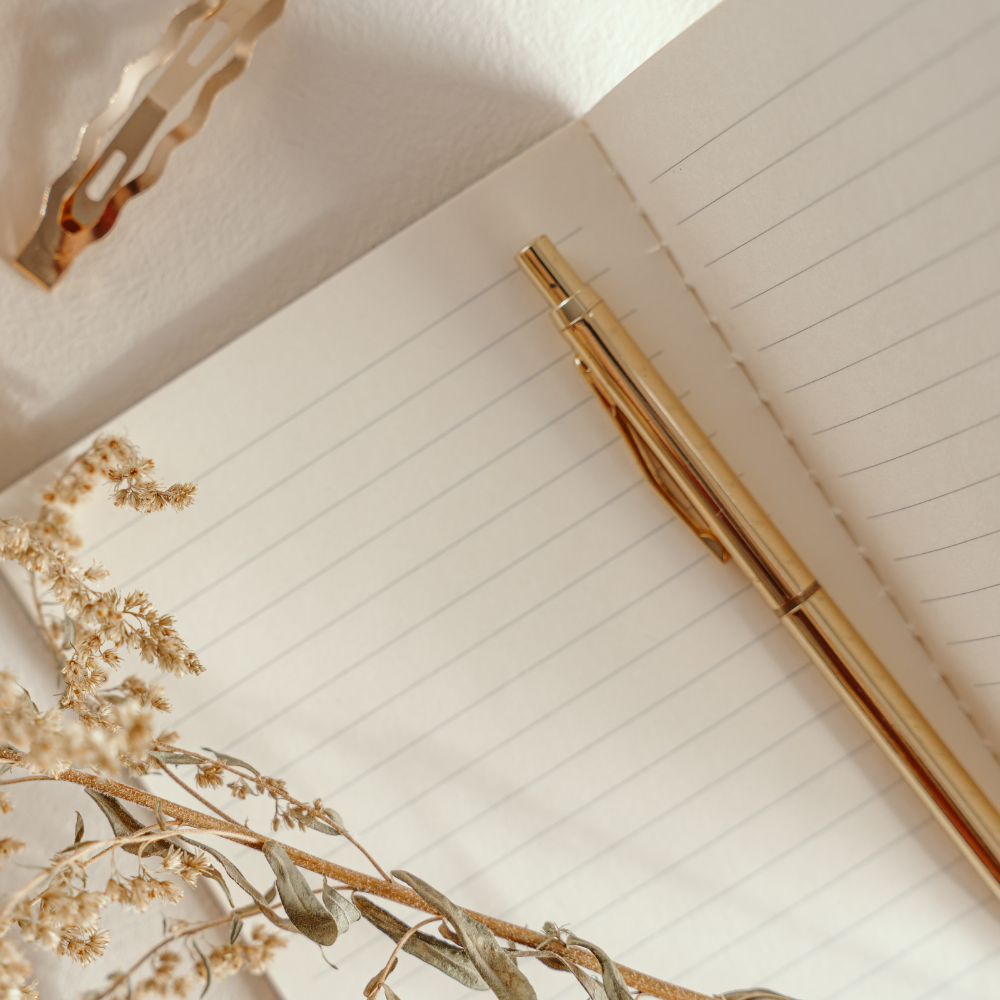
Interested in learning how to junk journal? Check out Joie de fi's video!
Want even more content about creativity and art?
Be sure to check out all of our creative chronicles!
Eager to learn more about journals and sketchbooks?
Check out some of our other articles:
-What are the three types of journaling?
-Is journaling a creative skill?
-What is the difference between a journal and an art journal?
-What's the difference between a sketchbook and an art journal?
